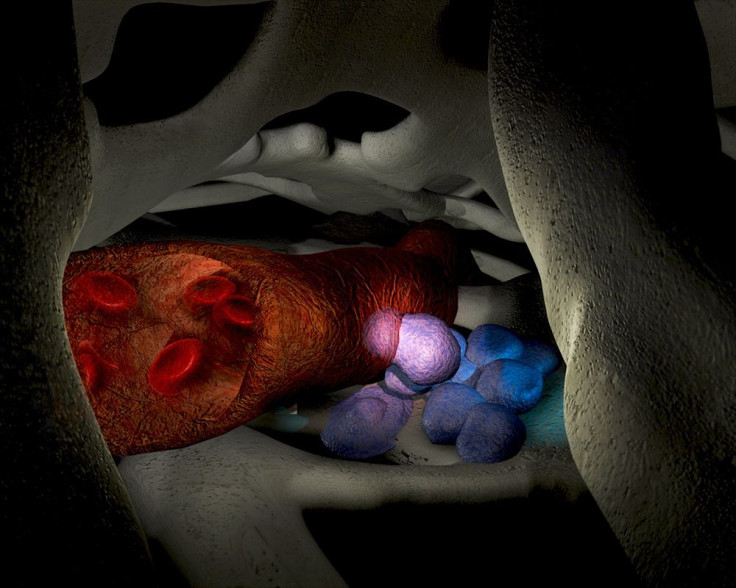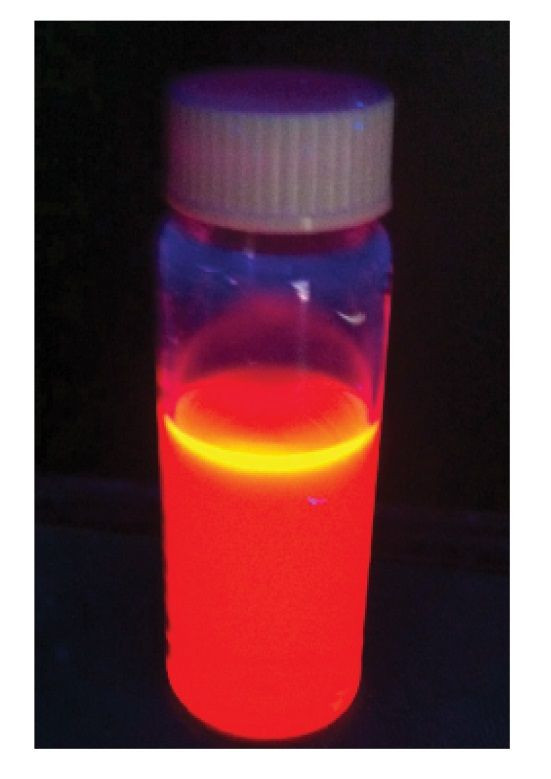CSIRO scientists combine new and existing molecules to harvest stem cells in a safer & faster way

A newly discovered molecule, when combined with an existing type of molecule, could mobilise the stem cells in bone marrow out into the blood stream. Scientists from CSIRO and the Australian Regenerative Medicine Institute at Monash University say the method is a safer and faster way to harvest stem cells for use in cancer treatment.
The new molecule is BOP which is combined with AMD3100. By combining the two, the need for growth factor injections for a few days – the current treatment method – is removed and cuts down the procedure from days to about one hour, reports Business Insider Australia.

Healthy donors provide the stem cells which are used for bone marrow transplants for cancer patients, including those with leukaemia. With the new method, time needed to get sufficient number of stem cells from healthy donors, without the need for growth factor injections, is reduced, explains Dr Susie Nilsson, CSIRO researcher.
Nilsson points out that until now, AMD3100 is only effective in boosting number of stem cells when combined with the growth factor. However, the growth factor has several side effects such as bone pain and spleen enlargement which some donors have experienced. Other donors also do not respond well to the growth factor, and their stem cell count do not increase sufficiently for a successful transplant, she adds.
With the effectiveness of the new treatment in pre-clinical studies, the next step would be to hold a phase 1 clinical trial. The current study was published in the Nature Communications journal.

Stem cells have recently been found effective in growing functional heart tissues and various eye tissues such as the lens, cornea and retina, making organ transplants from donors or the use of artificial implants unnecessary. Around 700 companies around the world are into regenerative medicine focus.





















